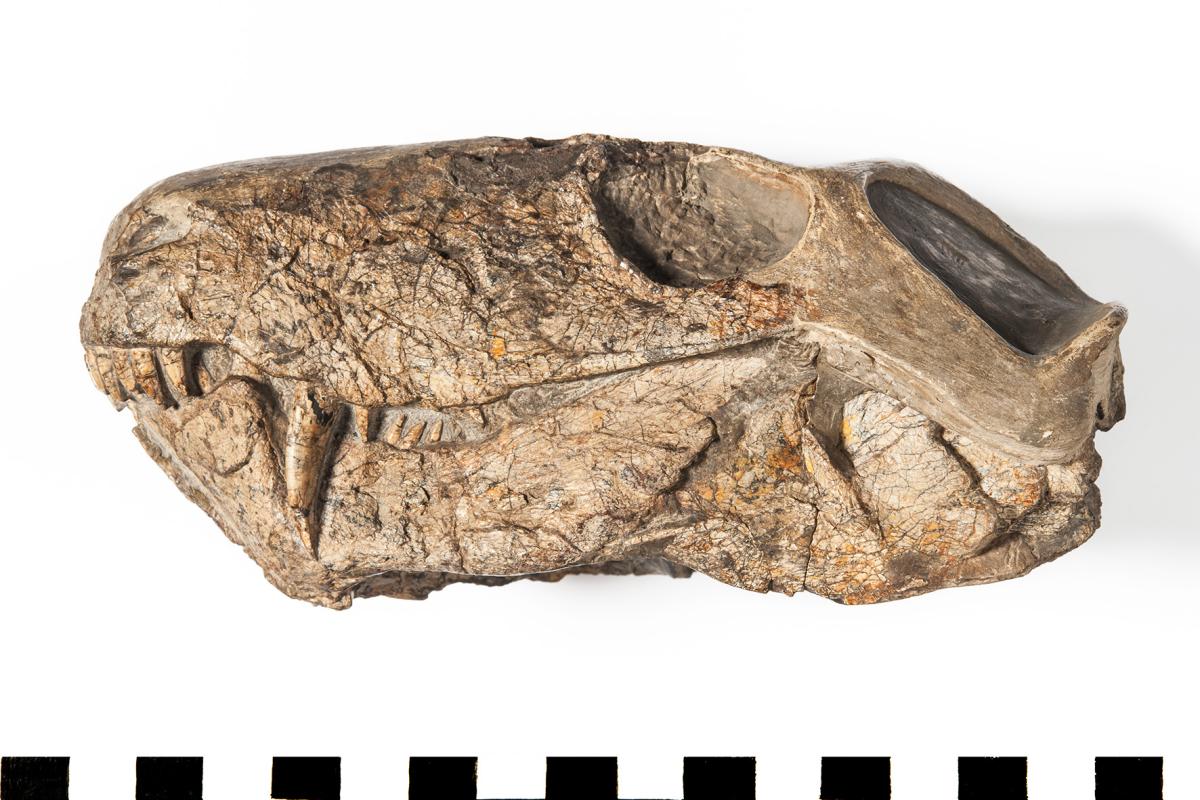Origin of the project
Gorgonopsia is one of the most enigmatic clades of synapsids (the mammalian lineage of terrestrial vertebrates) and yet is amongst the most obscure: even more than a century after the establishment of the group, it still lacks a stable taxonomic framework and is one of the most understudied taxa of all mammalian forerunners. The understanding of the ecological role of gorgonopsians in the Permian trophic system only reaches so far that through qualitative investigations of their body plan we must presume that they were hypercarnivorous predators.
Objectives and Methodology
The objectives of my dissertation therefore include the crucial description of thus far neglected specimens the rich South African and Russian deposits. Via digitizing the fossils with CT and surface scanning methods I will furthermore apply Finite Element Analysis to elucidate the form-function relationships of this top-predator’s cranium and the influence of the robustness of the skull on stability in prey-capture scenarios. A comparison with further extinct and extant hypercarnivores will highlight convergent evolutionary designs amongst predators in similar ecological niches as well as constraints in the bauplan and biomechanical functionality of the hypercarnivorous skull.
Partners
Dr. Christian Kammerer, North Carolina Museum of Natural Sciences
Funding
Elsa-Neumann-scholarship of the state of Berlin
